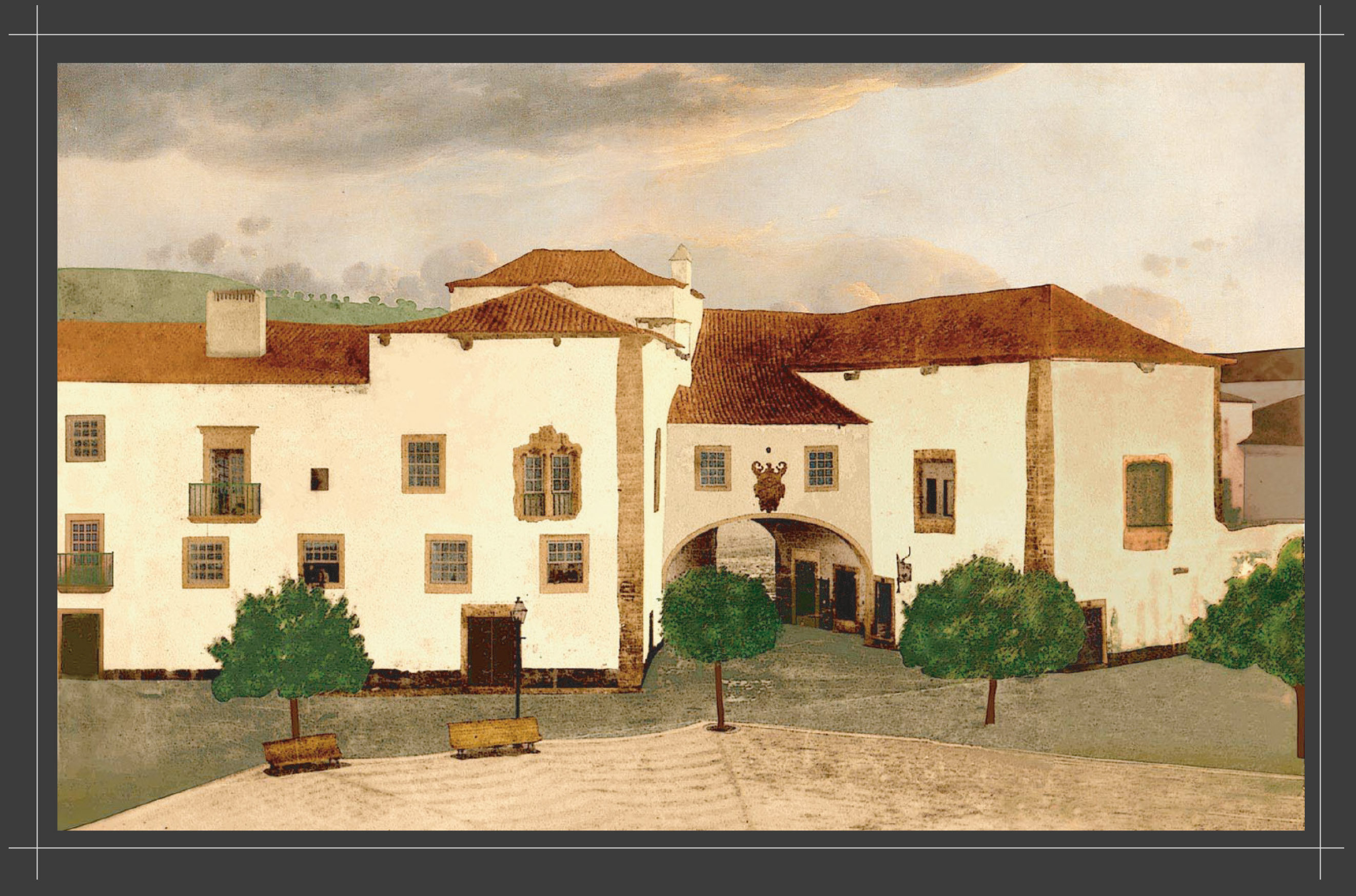Leiria becomes a Diocese and City in 1545 after a period of sharp physical and social change. The expulsion of the Jews in 1496 by the royal decree of King Manuel I, in order to maintain the diplomatic balance with Castile, also had repercussions in Leiria’s society with the permanence of a group of families of Jewish descent under the status of new Christians. These families live on for several generations even with the constant persecutions carried out by the Inquisition that would target, for example, several relatives of our 17th century poet, Francisco Rodrigues Lobo. The demolition of the Church of St. Martin, together with the construction of Leiria Cathedral, by initiative of the first bishop Frei Brás de Barros, originated one of the biggest urban transformations that profoundly changed the outline of the city and gave it a new area for collective use: the Plaza. The Manueline palace of the Vila Real, a key element of this square, survived until almost the end of the 19th century but succumbed to the force of progress and the opening of the square to the Rossio.






